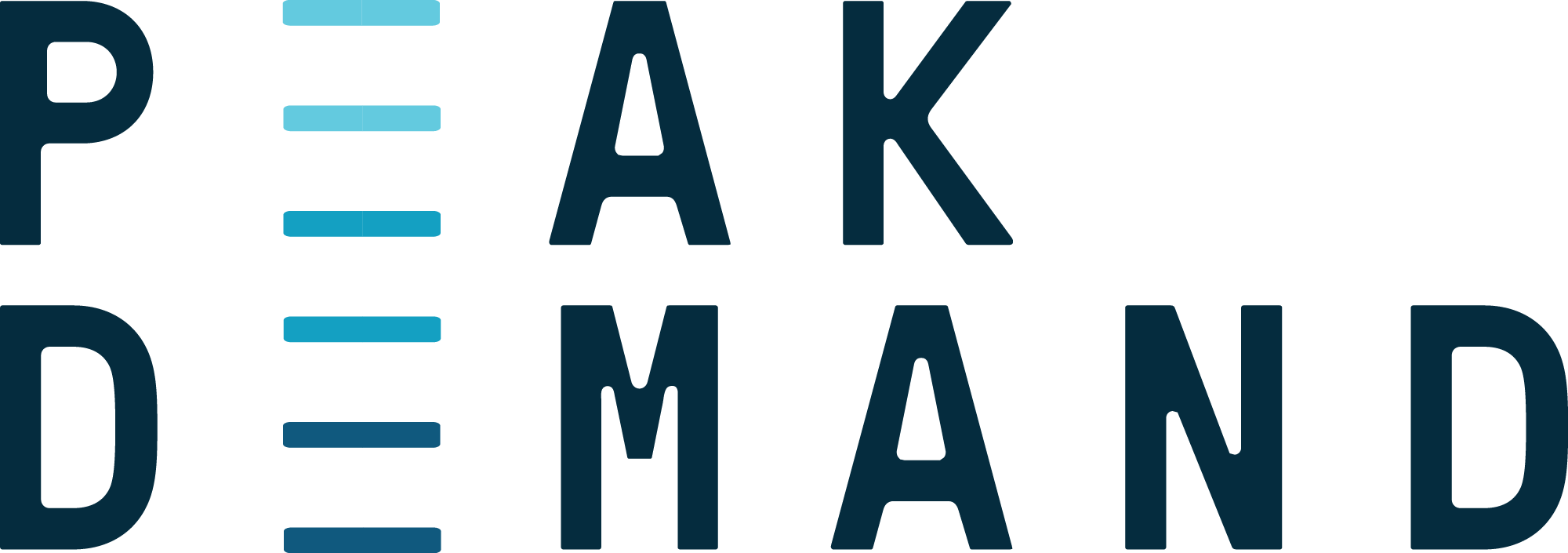Think about job fit at the start of recruiting
Many companies begin the hiring process looking for qualified job candidates when they should really be searching for job fit candidates. There are big differences between the two.
Qualified candidates meet or exceed a position’s required skills and experience. Job fit candidates are qualified, too, but they also match up with a company’s culture. In addition, they suit the role that awaits them.
Early in the recruiting process, it’s best to filter out candidates who are qualified but do not represent a good fit with the employer, for any number of reasons. Maybe the candidate is too far outside of the compensation range. Or the candidate may want more room for growth than the position has to offer. Finding out about these things early on can save time in interviews with candidates who might never accept the job.
Recruiters can identify job fit candidates by understanding a company’s culture and the role that it’s looking to fill. They should also understand a jobseeker’s ideal role and ideal work environment. This information isn’t easy to obtain. First, we have to establish trust with employers and jobseekers so each is willing to engage in difficult conversations with us. Then, we can guide both parties through the process to ensure a fit, paving the way for smooth hiring and negotiations when the time comes.
Guiding the employer
In the recruiting process, we speak candidly and early on with the employer about the compensation it’s willing to provide for the position we’re seeking to fill. Everyone wants the greatest value at the lowest cost. We understand that. We also recognize the value of setting realistic expectations long before negotiations begin.
If we know an employer wants to pay $90,000 and we’ve identified a job fit candidate who’s making $110,000, we talk to the hiring manager right away. We let the manager know this person would be an excellent hire but is way outside the compensation range. The manager can then decide whether to go ahead and talk with the candidate. Before flying someone out to do final interviews, we know the kind of offer that may be needed.
Negotiating over work location is a big challenge, especially in the San Francisco Bay Area. Jobseekers know the average tenure in the solar industry is low. Many of them are understandably wary about uprooting families and relocating every few years. If they live in San Francisco or Oakland, they usually don’t want to commute through heavy traffic to an office in or around San Jose.
When an organization has a rigid requirement, expecting senior-level staff to be in the office every day from 9 to 5, that’s a challenge. Flexibility improves your chance of hiring a job fit candidate.
If we’re doing our job right, we should be able to survey the market within two weeks. Then, we can go back to the hiring manager with a short list of job fit candidates. Or, if none express interest, the feedback we receive can inform the employer about the need to expand search parameters.
By pre-closing throughout the process, the end game itself isn’t as daunting or perilous.
Guiding the candidate
No two job candidates are alike. Skills and experience vary. So do the factors that motivate people to change jobs. The driving force might be salary, benefits, growth opportunities, job security, or something else.
When presenting a job opportunity, we first have to get a candidate’s attention and communicate why this job deserves consideration. For interested candidates, we follow up with more information about the employer and the opportunity. Then, we shift gears and start looking at what the candidate really wants.
If a candidate expresses satisfaction with his or her current job, we need to find out why would this person consider walking away from a good situation. We don’t always get an answer right away. It takes time to build trust, establishing credibility and showing people that we have their best interest in mind.
With a strong network and a solid work ethic, a recruiter can rule out individuals who are qualified but do not match up as job fit candidates. Some people might look good on paper, but their goals are just not aligned with the employer’s. It’s best to know if someone is a job fit candidate as soon as possible.
Talk to a recruiter
A recruiter with experience in your industry is in the best position to understand your company culture and identify job fit candidates to join the team. If you’re in the solar industry or the energy storage industry, see our Employer Resources page to learn more about how we can help attract key talent to your organization.
